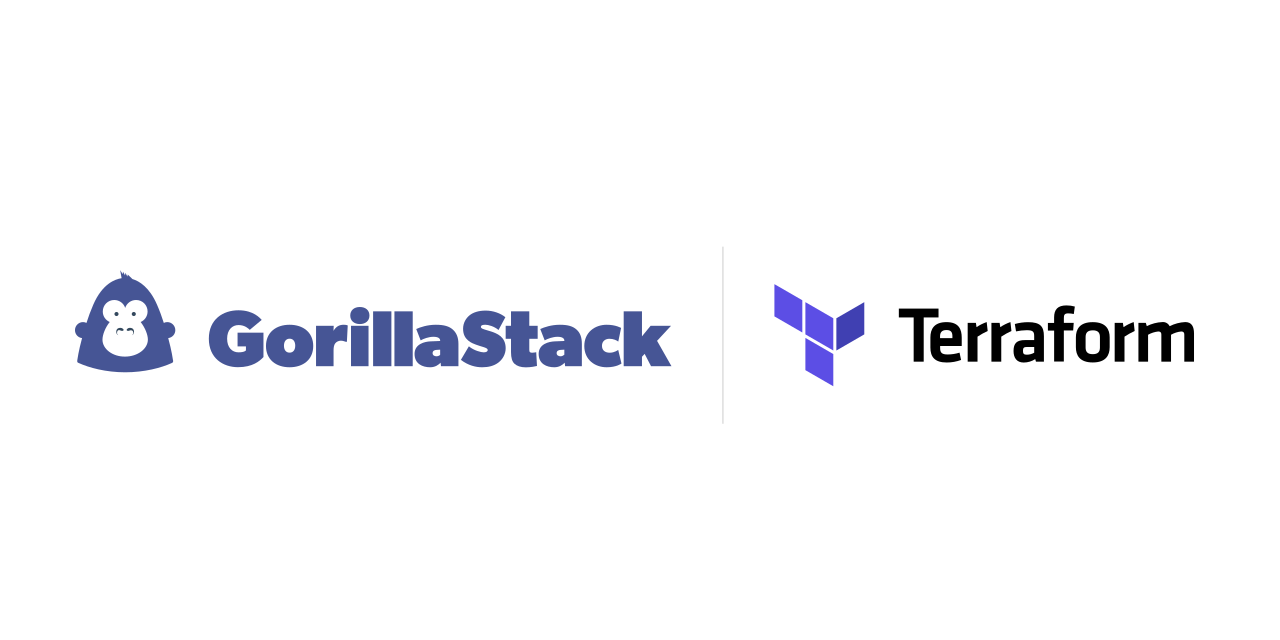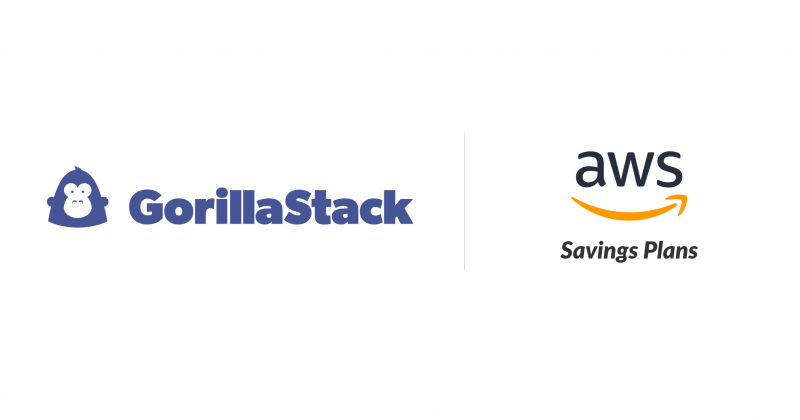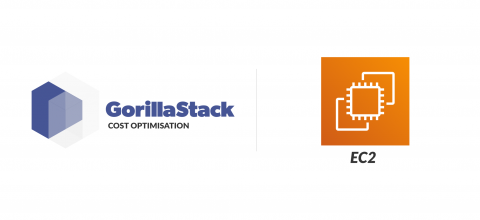
Terraform Updates on GorillaStack
23 Mar 2021
Azure Cloud Automation – A DevOps Guide
15 Jul 2021
Amazon has announced Savings Plans, a pricing and discount plan for EC2 and Fargate. We’ve often thought the Reserved Instance (RI) model to be overly complex.
In many cases, it is more disadvantageous than it is useful. That’s why we’ve never created automation for RIs.
What’s wrong with Reserved Instances (RIs)?
For an organization that preaches the power of on-demand, our main objection to RIs is the lack of flexibility. RIs require you to commit to a specific instance type for up to 3 years.
One of the most fundamental promises of the cloud is that it is truly on-demand and elastic. This means you can deploy any cloud services at your fingertips and the freedom to turn them on and off as you see fit and to pay accordingly.
Amazon has adapted over the years to unleash people from this burden by permitting the resale of unwanted RIs on a secondary marketplace. Additionally, Amazon offers the ability for organizations to buy convertible RIs that permit their buyers to change the Availability Zone, instance size, and networking type. Both of these options bring with them increased discounts. However, it also a great deal of complexity in the purchasing and ongoing management of the Reserved Instances.
So deep is the complexity that a number of tools have popped up over the years to service the market. These tools themselves can be expensive and often counterproductive if cost saving is your focus.
Explore the cost-saving alternatives before you spend on AWS Reserved Instances
Reserved Instance Tooling
These tools’ and also consultants’ sole reason for existing is to untangle the spaghetti of billing and compute confusion unleashed by these programs. In many cases, undermining the cost efficiencies that were intended by Reserved Instances in the first place.
More pertinently, organizations who figure out how to use RIs effectively only actually see a few of the benefits of adjusting capacity to meet demand as they’re mostly locked into paying for continuous usage. There are ways around this by striking the right mix of Reserved Instance, On-Demand and often Spot but they require complicated calculations and implementations.
AWS EDP (Enterprise Discount Programs)
At GorillaStack, we’ve always felt that EDP (Enterprise Discount Programs), whereby an organization can receive a discount for an overall financial incumbency is a far better way to reward an organization’s ongoing commitment to AWS without burdening the end-user with onerous and expensive complexity. EDPs are usually made available for organizations spending hundreds of thousands of dollars a month on AWS. That’s why we welcome this “EDP lite” or “EDP hybrid”.
In addition, AWS Savings Plans allow organizations to take some (but not all) of the simplicity of on-demand cloud. At the same time, leveraging the benefits traditionally reserved for RIs and EDPs.
AWS Savings Plans, the new discount strategy
With Amazon’s announcement of their new pricing program, a lot of organizations are asking how to distinguish between Reserved Instances and Savings Plans.
So what exactly are Savings Plans, should organizations change their approach to Amazon Web Services cost management, and what’s the best way to think about Savings Plans in the mix of Reserved Instances and other cloud cost optimization strategies including elasticity automation, rightsizing, spot, and EDPs?
What are AWS Savings Plans?
There are 2 types of Savings Plans: Compute Savings Plans and EC2 Instance Savings Plans. Compute Savings Plans can be applied automatically regardless of family, size, region, etc whereas EC2 Savings Plans require you to commit to the same family in the same region. Both require commitments of either 1 year or 3 years.
Compute Savings Plans can be used for EC2 instances and Fargate. The program seems to be designed as a hybrid between AWS’s Enterprise Discount Program and AWS’s longstanding Reserved Instances pricing structure.
Essentially, organizations can commit to a predetermined amount of ongoing compute for either 1 year or 3 years. In return, they receive a discount for that commitment.
In the case of Compute Savings Plans, unlike Reserved Instances you don’t have to apply that commitment to a certain type of instance or family of instances, you’re simply agreeing to spend that much on overall EC2 usage or Fargate usage.
To be clear, it doesn’t matter which type of instances within EC2 or Fargate that you spend the commitment on, nor does it matter how many hours you run the services for, just that you run down your commitment.
In the case of EC2 Savings Plans, they’re a lot more similar to the classic Reserved Instance, requiring an organization to commit to an individual instance family in a specific region. They differ from RIs in as much as you can change the Instance Type within the family.
To sum up, here’s a summary of compute savings plan and EC2 Savings Plan:
1. Compute Savings Plans
- Highly flexible
- Discounts up to 66%
- Can change region, family, size, AZ, OS, or tenancy
- Can be applied to EC2 and Fargate
2. EC2 Savings Plans
- Less flexible but lowest prices
- Must commit to individual instance family in a region
- Can change usage within a family in a region
How much discount can I get with AWS Savings Plans?
The discounts for AWS’s Savings Plans program vary depending on the length of your commitment and the plan you’re committing to. Like RIs, Amazon offers 1 and 3 years terms with No Upfront (pay monthly), Partial Upfront (pay some at the beginning and some monthly), and All Upfront (pay for everything right away). In short, the discounts scale with your commitment but can be up to 72%.
Consider these 3 easy steps to gain AWS savings dramatically
At the time of launch in November 2019, you can expect the following discounts:
AWS Savings Plans and Reserved Instances Comparison
| Unit | Reserved Instance | EC2 Instance Savings Plan | Compute Savings Plan |
|---|---|---|---|
| Average 1 Year Discount | 38% | 29% | 29% |
| Average 3 Year Discount | 58% | 58% | 51% |
| Instance Family | Fixed | Fixed | Flexible |
| Instance Size | Fixed (except Linux) | Flexible | Flexible |
| Geography | 1 Region | 1 Region | Flexible |
| OS | Fixed | Flexible | Flexible |
| Service | EC2 / RDS | EC2 | EC2 / Fargate |
Advantage of AWS Savings Plans over AWS Reserved Instances
- With Reserved Instances, you are locking into a certain instance type for 1 or 3 years but your requirements may change in that time.
- Prices available from Amazon may change over your commitment period but you’ll see no benefit of that reduction with Reserved Instances
- Savings Plans allow you to take advantage of a discount without committing to using it on any specific instance type. (Although flexibility varies between the Compute Plan and the EC2 Instance Plan) so you can be more flexible in your application of the savings
- Savings Plans can be applied to Fargate as well as EC2 but they cannot be applied to RDS.
- The complexity of RIs has been eliminated with Savings Plans. There is far less planning around which type of RI, which family, and whether you’ll want to later convert the RI or sell it on the marketplace. You won’t need to rely on 3rd party tools so much.
- There’s also less infrastructure planning – organizations no longer have to so deeply plan complex infrastructure 1-3 years out, they can simply commit to using a certain amount of compute.
- With Savings Plans, the fundamentals allow you to flexibly transfer workloads between instance types to meet demand and leverage something akin to elasticity, although you gain no advantage from downtime. With Reserved Instances, an organization sees no advantage from switching instance types or families as they’re committed to 24/7/365 usage of a specific instance type regardless.
Advantage of AWS Reserved Instances over Savings Plans
- You can get shorter term RIs on the marketplace
- You can get discounts for RDS as well as EC2 (but not Fargate).
- The discounts are larger and at the top end may be over 60% in the case of some 3 year all upfront terms.
You can learn more about reserved instances in this blog post before you commit.
Should you use AWS Savings Plans?
We believe so, but even with Savings Plans, it’s important that you plan correctly so that you make the correct commitment. If you’re coming off of Reserved Instances (or even if you’re not), make sure that your organization takes full account of what an instance scheduler for EC2 can provide when you calculate savings through elasticity and maybe consider using a tool like GorillaStack’s Cost Optimization to drive those savings.
Don’t get caught out by investing in 24/7/365 prices or specific instance types when you’re now much freer to take advantage of AWS’ on-demand model. Bear in mind that you don’t have to buy your whole year upfront with on-demand. With Savings Plans, you may want to consider drip-feeding your pre-purchases on a month-by-month basis as you become more comfortable with this new model of thinking about AWS discounting.
If you like to know how you can optimize your cloud subscription, feel free to arrange a demo or chat with us at Slack.
First published on 7 November 2019.
Updated on 13 July 2021 by Oliver Berger.


